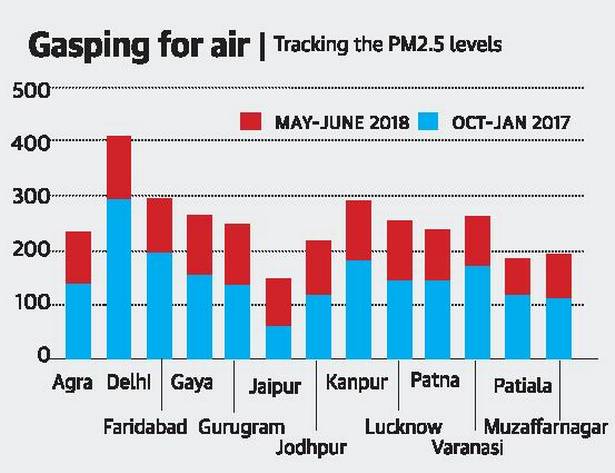7667766266
enquiry@shankarias.in
Train 18
Shanghai Cooperation Organisation (SCO)
SCO Meeting on Urban Disaster
Currency Swap Arrangement
WHO Report on Child Health

Growth Rate of States
Source: The Hindu